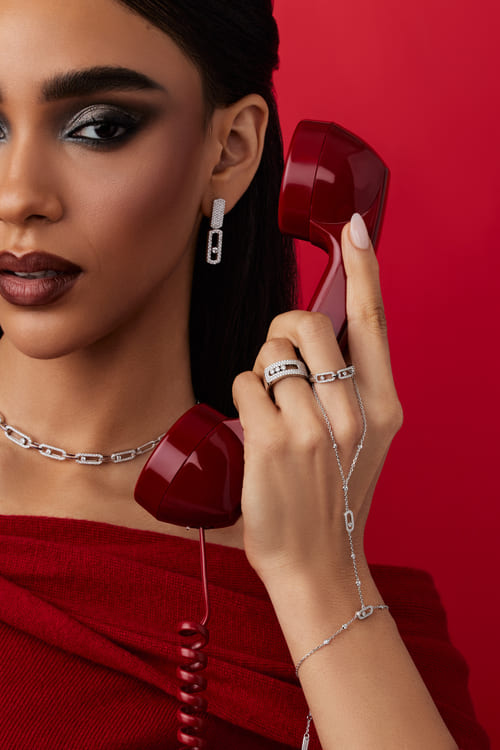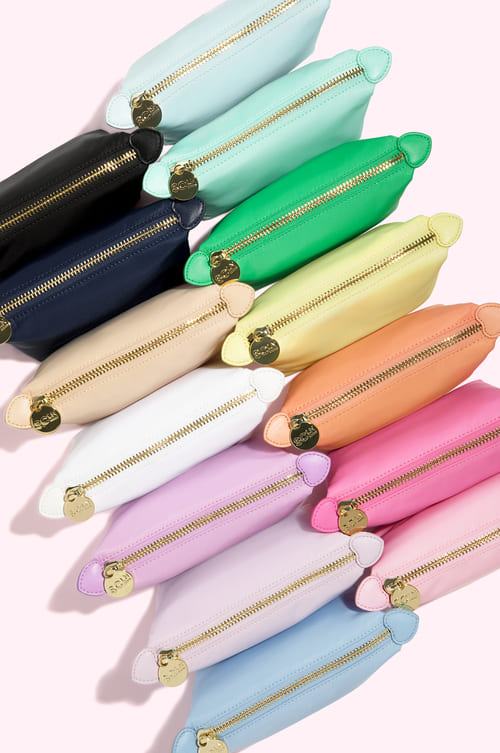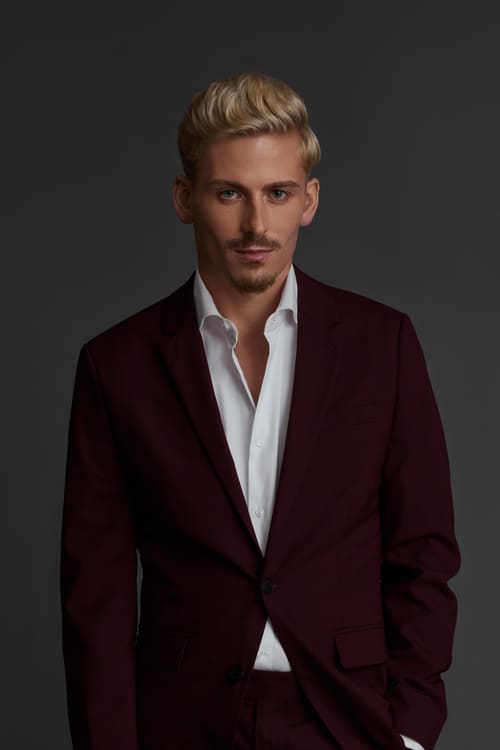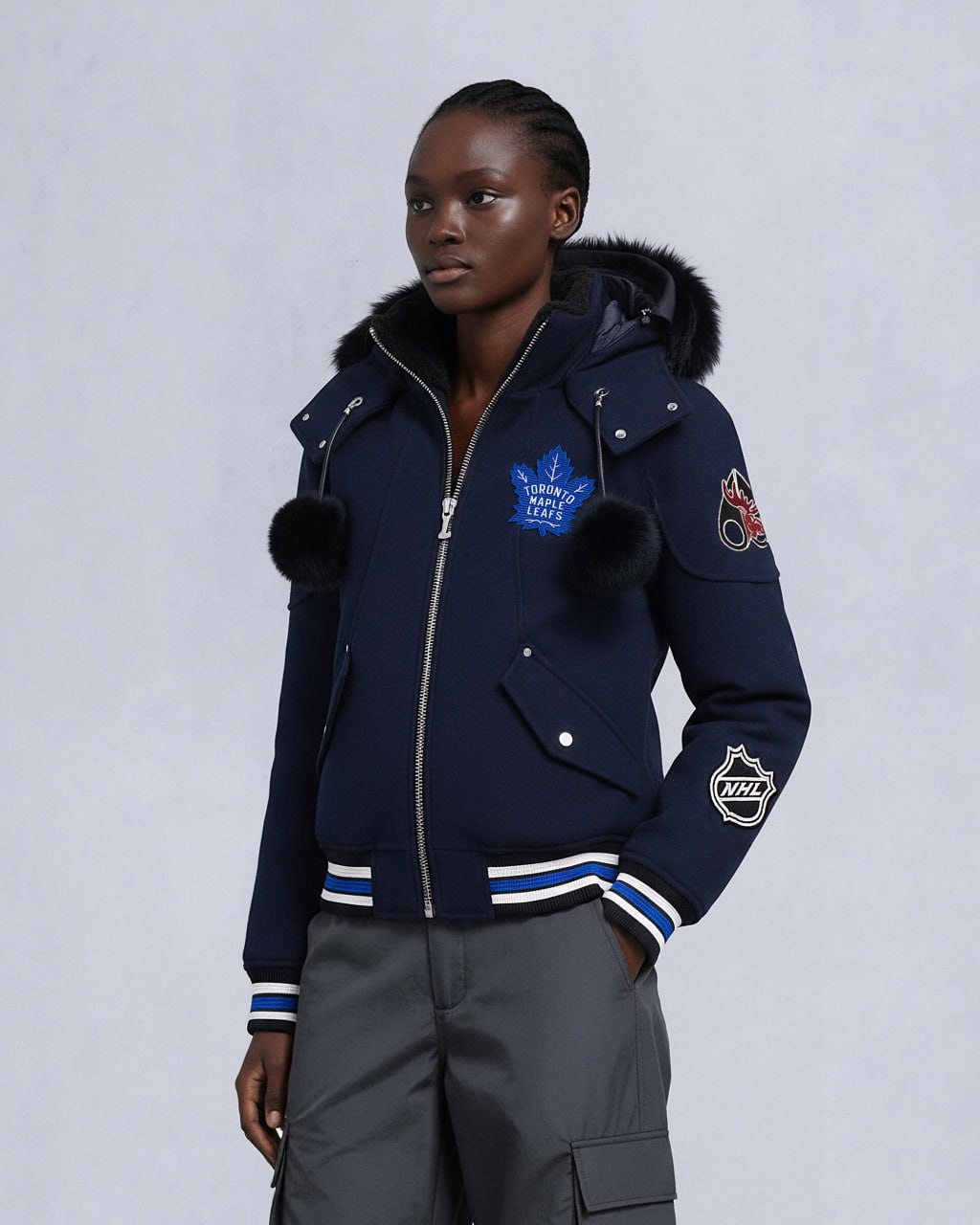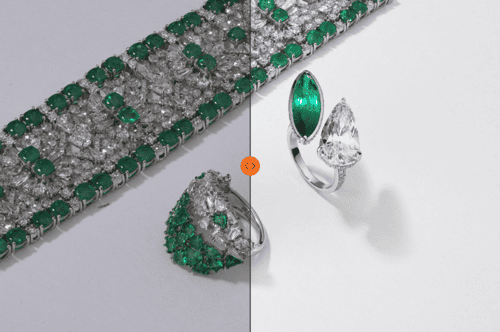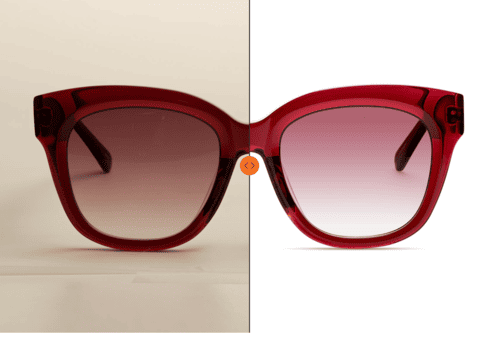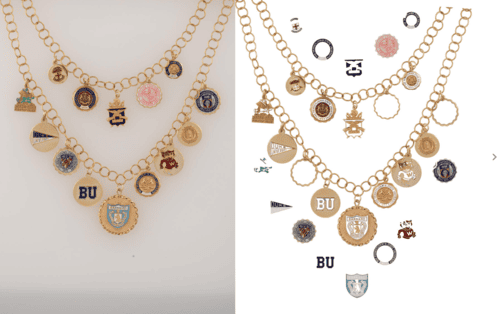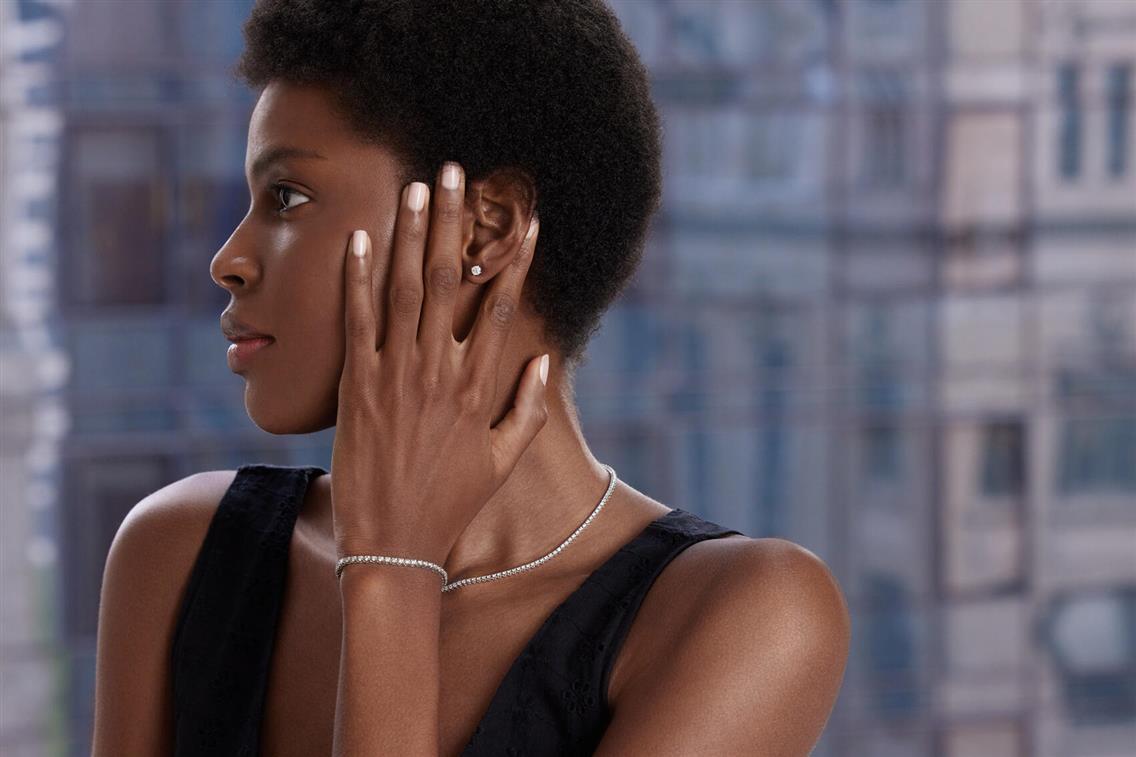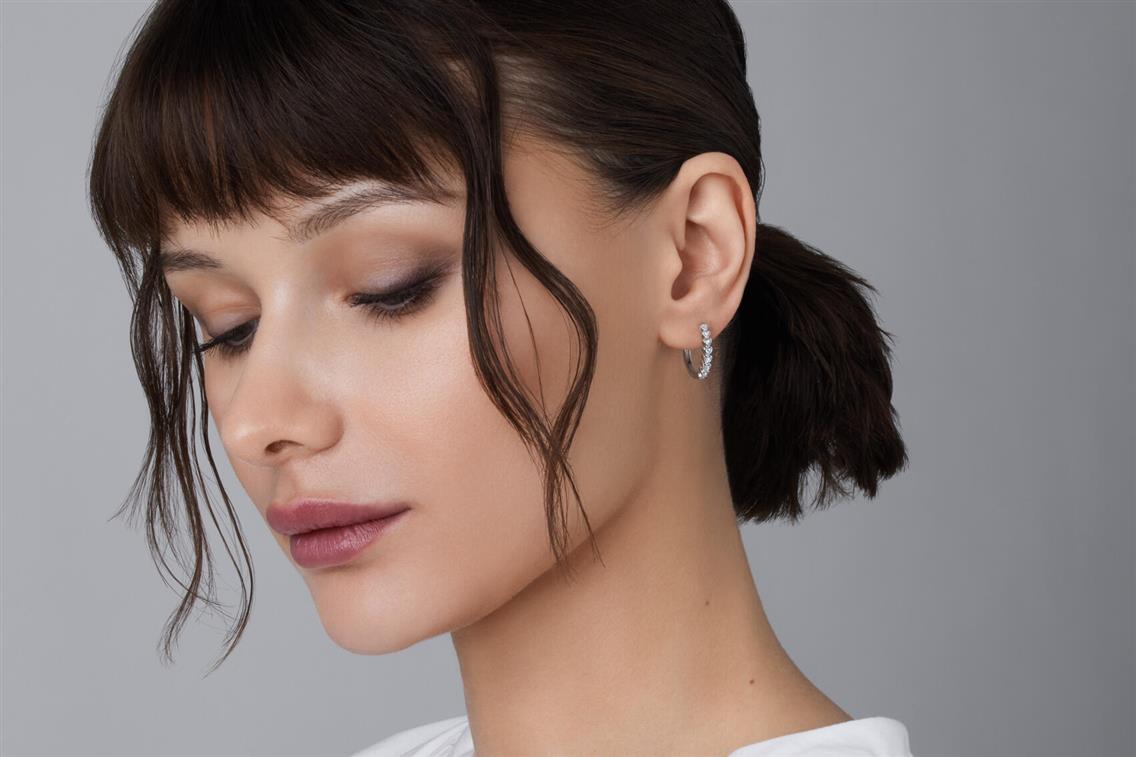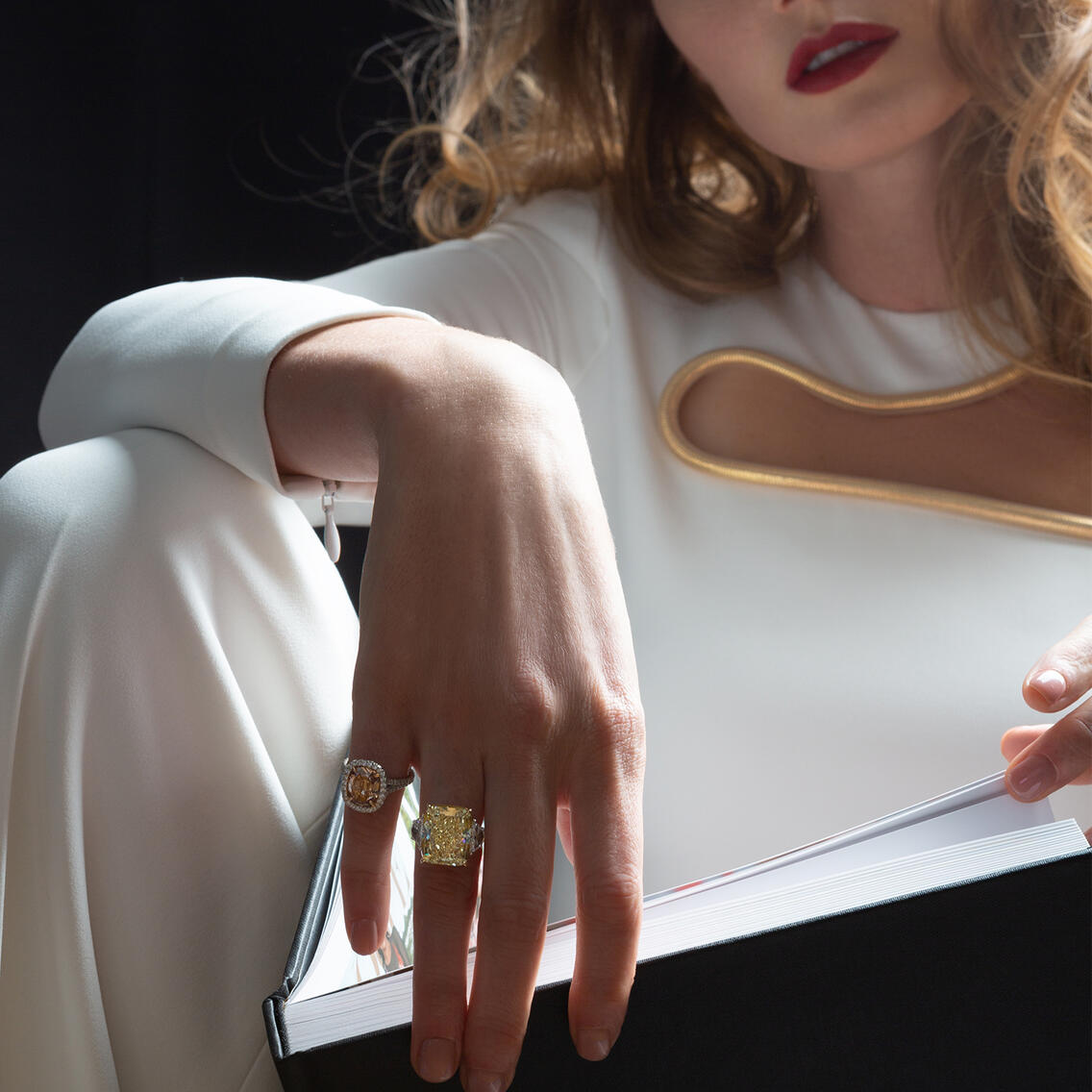The Pivotal Role of a Creative Director in Commercial Content Production and Strategy
Every brand has a story, and in today’s visually driven world, the person who ensures that the story is seen, felt, and remembered is the creative director. In an era where businesses rely heavily on visual content, whether for branding, advertising, or e-commerce, a creative director is the architect of the brand’s aesthetic and emotional identity. This specialist is a necessity for companies aiming to rise above the noise of today’s saturated markets.

What Is a Creative Director?
For commercial businesses, especially those focused on selling goods, the creative director plays a strategic and artistic role in ensuring that every piece of content, from product photography to video campaigns, aligns seamlessly with the brand’s values and resonates with its target market. At its heart, the creative director’s job is to translate business objectives into a cohesive visual and creative language. They guide the creative process, ensuring that all visuals, campaigns, and content consistently communicate the desired message and differentiate a brand from the rest of the market.
The role can vary depending on the focus and structure of the business. For example, an advertising creative director may focus primarily on conceptualizing and executing visual campaigns for ads, while a content creative director might take the lead on creating engaging content across multiple platforms, such as social media or a website. There are also creative directors in video production, whose expertise ensures that the brand's video content speaks directly to its target audience with a cohesive narrative and visual style.
Regardless of the title or specialization, the creative director’s primary responsibility is to manage the visual elements that communicate the brand’s story, ensuring that it resonates with the audience and supports the business’s objectives.
In essence, they answer these critical questions:
- How do we want customers to feel about our brand?
- What visual elements will make our products stand out in the marketplace?
- How can we use design and storytelling to connect with consumers?
What Does a Creative Director Do?
Key Responsibilities in Commercial Visual Content Production
In commercial photography and video production, a creative director is the strategic leader who ensures that every visual element aligns with the brand’s core message and business goals. Their role starts from the very first concept and continues through to the final edit. They translate abstract ideas into clear visual narratives, crafting imagery and content that reflect the brand’s essence and resonate with its audience.
During the briefing phase, the creative director works closely with stakeholders to understand their vision, goals, and expectations. They define the creative direction, ensuring that the shoot is focused and on-brand. Every decision from lighting setups to shot composition to the wardrobe is made with intention, keeping the larger narrative in mind. For example, in a fashion shoot, a creative director might decide on a soft, natural lighting style to evoke a sense of elegance or warmth or opt for sharper, more dramatic lighting for a high-energy campaign.
Once the vision is set, the creative director assembles the right team of professionals: photographers, videographers, stylists, makeup artists, and others, ensuring that all team members understand the brand’s objectives and work collaboratively toward achieving the creative vision. They provide direction and feedback throughout the shoot to maintain consistency and quality.
The creative director’s involvement is key to ensuring that the final imagery communicates the brand’s identity, values, and message in a way that connects emotionally with the audience. Every decision, from conceptualization to execution, is made with a clear understanding of the brand's positioning in the market, ensuring that the content stands out in a crowded, competitive space.
Responsibilities Beyond Aesthetics
The role of a creative director transcends mere visual appeal. Their work is deeply strategic and extends far beyond crafting beautiful images and videos. Here’s how:
Strategic Vision
Creative directors are responsible for translating business objectives into narratives that engage and inspire the target audience, with the use of visuals, sounds, brand motifs, and written content. They think critically about how to communicate a brand’s message through visuals, making sure the visuals resonate with the people who matter most. Whether for an ad campaign or an e-commerce site, creative directors ensure that the visuals support and amplify business goals.
Team Leadership
A great creative director knows that their role is about guiding and inspiring a creative team. They foster a collaborative environment where everyone, from photographers to stylists to editors, works in harmony to produce innovative and cohesive content. A good creative director is a leader who knows how to inspire their team, offer constructive feedback, and ensure that every member contributes to the project’s success.
Brand Consistency
Maintaining a unified brand image across all platforms and media is at the core of a creative director’s responsibilities. Whether it’s a website, an ad campaign, social media content, or packaging design, creative directors ensure that every piece of content aligns with the brand’s identity. They enforce consistency in visual style, tone, and messaging, which builds brand recognition and trust with the audience.
Market Adaptation
A successful creative director keeps their finger on the pulse of industry trends to ensure the brand's visual content remains relevant and appealing. They adapt the brand’s visual identity to fit changing market demands while staying true to its core values. This adaptability is essential in a fast-paced market where visual content trends can evolve quickly, and staying ahead of the curve can give a brand a significant competitive edge.
Fields Where a Creative Director Is Essential

Advertising Campaigns
Creative directors spearhead the vision for advertisements across print, digital, and broadcast media. They craft campaigns that not only highlight product features but narrate them in a way that resonates emotionally with the target audience.
E-Commerce and Product Presentation
They oversee the creation of product visuals: photos, videos, and 360-degree content for online platforms. Their work ensures that every product listing conveys the right tone, whether it’s minimalist, trendy, or family-friendly, driving online conversions.
Lookbooks and Catalogs
A creative director ensures lookbooks are more than just product displays; they are cohesive narratives that immerse customers in the brand’s world. They guide the shoot concepts, layouts, and design, blending aesthetics with functionality to captivate potential buyers.
Retail and In-Store Experience
For physical stores, creative directors curate everything from window displays to in-store signage, ensuring the environment reflects the brand identity. This can include digital integrations, such as interactive displays, VR stores, or AR experiences, to engage shoppers.
Social Media Content
Creative directors guide the tone, style, and storytelling for a brand’s social media presence, ensuring consistency across posts, stories, and campaigns. They curate content creators to produce dynamic, shareable visuals.
Video Production
Whether it’s a cinematic product launch video or a creative commercial, a creative director ensures the video content aligns with the brand’s voice. They oversee everything from storyboarding to post-production, including scriptwriting and directing.
Packaging and Product Design
Beyond traditional campaigns, creative directors play a crucial role in developing packaging that catches the consumer’s eye and communicates the brand's essence. This is especially critical for products on crowded shelves or in competitive e-commerce markets.
Branding and Rebranding Projects
Creative directors are essential when shaping or reshaping a brand’s identity. From logos to color schemes, they define how the brand will look and feel in every customer interaction.
The Importance of a Creative Director in Commercial Photography
For example, if you’re launching a seasonal fashion line, the creative director is the one who sets the tone for the entire shoot including wardrobe choices, finding a shooting location, and determining what lighting style to use. They’ll decide if the vibe should be minimal and sophisticated or bold and edgy, which will determine how the product is perceived by potential customers. This decision has to be rooted in the brand’s identity and the image the brand wants to project.
It is crucial to understand that the direction of a campaign should originate from the brand itself rather than being dictated by a session photographer. This distinction is vital for maintaining a cohesive brand identity across various visual productions.
A creative director guides concept creation and completion in a way that reinforces customer perception throughout the customer journey and the brand’s lifecycle. Without creative direction, a brand’s visual presence and marketing activity can become inconsistent and ineffective. A well-defined creative direction creates a unique visual and verbal language that resonates with the target audience, differentiating a brand from its competitors.
For smaller brands, the brand owner or a designer can often fulfill the role of creative director, bringing a unified vision to all creative outputs. To build a brand narrative, it is important to identify the story’s conflict and resolution and to cover all the Ws: Who, What, Where, Why, for Whom, and What do you envision for the future? Once a brand story is made, it is important to share it with the audience through visuals and marketing efforts.
Take a look at an e-commerce site. A creative director doesn’t just ensure the product photos are technically flawless; they make sure the images convey the right feeling. For a luxury skincare brand, this could mean using soft, diffused lighting to communicate a sense of purity and high-end sophistication. For a fitness brand, it might mean high-contrast, dynamic images to convey energy and strength. These decisions are seemingly small, but they create an emotional resonance that guides consumers to feel a connection to the brand, which is ultimately what drives purchasing decisions. A well-thought-out product presentation turns a simple transaction into an experience, something that resonates beyond the immediate sale.
Take, for example, Apple’s “Shot on iPhone” campaign. The campaign's success wasn’t just due to the high quality of the product — it was the creative direction behind it. By taking stunning photography, depicting virtually everything, and connecting them to the ability of the iPhone to capture such a large variety of images in such a beautiful way, Apple stirred the emotions and imaginations of consumers, showcasing how their phones could capture everything from everyday occurrences to once-in-a-lifetime experiences with the same stunning quality. The campaign incorporated real-life artists and iPhone users’ stories and visuals that felt authentic and personal, making it one of the most successful advertising campaigns in recent history.





Why Do You Need a Creative Director for Your Video Production Projects?
Without strategic oversight, even the most visually impressive video can fall flat, fail to capture attention, or miss the mark with its audience. This is where the role of a creative director becomes indispensable.
A creative director in video production ensures that the video aligns seamlessly with the broader business objectives and brand values. Every piece of video content, from short-form social media ads to longer product demonstrations, must reflect the brand’s identity consistently. A creative director keeps an eye on every visual, every word of dialogue, and every shot to align with the core message and the intended audience’s expectations.
From scripting to storyboarding, the creative director sets the foundation for the entire production. During scripting, they ensure that the narrative is structured to resonate with the target audience, balancing entertainment with information. They understand that a good script is about engaging the viewer emotionally and aligning with the brand’s tone and messaging. This step is vital, as the script is the blueprint from which the entire production is built.
Once the foundation is set, the creative director takes the lead in storyboarding, which involves outlining how each scene will be executed visually. This process ensures that the creative vision translates accurately from paper to screen. It’s here that decisions are made on everything from camera angles to lighting to pacing. These decisions are pivotal because, in video production, every shot must serve a purpose, either advancing the story, reinforcing the message, or evoking a specific emotion.
On set, the creative director works closely with a director of photography, camera crew, and other key personnel to bring the vision to life. Their role is to maintain a clear vision of the project’s end goal while managing the production logistics. They ensure that the set remains focused on the creative objectives, whether it's getting the perfect shot, ensuring brand consistency, or making sure that the talent delivers the right performance.
Furthermore, during post-production, the creative director plays a critical role in ensuring that the editing process stays true to the original vision. They work with editors to choose the right takes, establish the right pacing, and refine the video so that it not only looks polished but also maintains its emotional impact. Whether it’s adding effects, adjusting sound design, or fine-tuning the color grading, the creative director oversees every detail to guarantee that the final product aligns with the initial creative direction and brand guidelines.
Video can inspire action, convey complex ideas in seconds, and create a lasting emotional connection with the audience. Without the right creative direction, however, the video may fail to deliver on its potential. A creative director ensures the video speaks clearly to the brand's audience, encourages engagement, and drives conversions by maintaining consistency and aligning every element of the video with the brand’s strategic goals.
Freelance or In-House Creative Director to Hire?
Benefits of Hiring a Freelance Creative Director
Hiring a freelance creative director offers flexibility and cost-efficiency. Freelancers bring diverse expertise from various industries and can be a great option for specific projects where you need specialized knowledge. They allow for a more hands-on approach to your projects without the commitment and overhead costs of a full-time employee.
For smaller brands or short-term campaigns, a freelance creative director might be the ideal solution. They can focus on the project at hand and provide creative insights without the need for long-term contracts or the administrative complexities of managing a full-time hire.
Challenges of Working with a Freelancer
While freelance creative directors offer flexibility, they can also present challenges. Their availability may be limited, and the lack of long-term commitment means you might have to start over with each new project. Coordinating with freelancers can also require more effort on your part, especially when it comes to aligning them with the rest of your team.
Pros of In-House Creative Directors
Having a dedicated creative director ensures stability within the creative process. They become familiar with the brand's vision, values, and goals, allowing for a more consistent approach to visual storytelling.
Over time, an in-house creative director develops a nuanced understanding of the brand's identity and target audience. This insight enables them to create tailored content that resonates deeply with consumers.
An in-house creative director works closely with marketing and creative teams, fostering collaboration and ensuring that all projects align with the brand's overall strategy. This continuous direction helps maintain brand consistency across various campaigns.
With an in-house director, the response time for projects can be faster, as they are readily available to provide guidance and feedback during the creative process.
Cons of In-House Creative Directors
Hiring a full-time creative director can be a significant financial investment, which may not be feasible for all businesses. Salaries, benefits, and overhead costs can add up quickly.
Smaller businesses or those with limited creative projects might not require a full-time creative director on staff. In such cases, it may be more practical to engage freelance professionals or agencies on an as-needed basis.
An in-house creative director may become too entrenched in the brand's existing narrative, potentially leading to stagnation in creativity. Fresh perspectives from external creatives can sometimes drive innovation and new ideas.
Depending on the size of the team and budget constraints, an in-house creative director may have limited resources to execute larger or more complex projects effectively.
The decision between hiring a freelance or in-house creative director depends on the scope of your creative needs, your budget, and the level of brand immersion you require. If your priority is flexibility, project-based expertise, and lower long-term costs, a freelance creative director offers a strategic advantage.
On the other hand, if you value deep brand alignment, faster turnaround times, and consistent creative oversight, investing in an in-house role may deliver greater long-term impact. Some brands find success with a hybrid approach, relying on an in-house leader for ongoing strategy and brand consistency while engaging freelancers for specialized projects that demand fresh perspectives.
When Hiring a Creative Director, How Much Should You Budget For?
When hiring a creative director, the budget can vary greatly depending on several factors. The experience level of the creative director, the scope of the project, and whether you’re hiring a freelancer or an in-house director all play a part in determining cost.
Generally, an experienced creative director will command a higher rate, especially if they specialize in high-demand areas like photography or video production. Freelance creative directors tend to be more cost-effective for short-term projects, while in-house creative directors are often better suited for long-term brand development.
It’s important to consider not just the initial cost of hiring a creative director, but the long-term value they bring to your brand. A good creative director will help increase your brand recognition, streamline your content creation process, and ultimately, drive sales.
What Experience, Education, and Personal Traits Should A Creative Director Have?
Required Experience and Education
A successful creative director typically has a background in photography, design, marketing, or a related field, along with significant experience in the industry. A degree in graphic design, fine arts, or communication can provide the foundation, but hands-on experience, particularly in commercial photography, video production, and branding, sets great creative directors apart.
They must also have a deep understanding of marketing strategies, consumer psychology, and how to use visual content to drive engagement and sales.
Personal Traits of a Successful Creative Director
A creative director needs more than just technical expertise. They must be strong leaders, capable of motivating and guiding their team toward a unified vision. Problem-solving is also crucial, as they often face challenges that require quick thinking and flexibility. A good creative director also has a keen sense of empathy, allowing them to understand the client’s vision and translate it into visuals that speak to the target audience.
A Strategic Approach to Visual Content Production
A creative director plays a crucial role in shaping your brand's visual identity, ensuring that your photography, video, and branding communicate your message effectively. Their expertise helps brands tell compelling stories through visual content, which is essential for standing out in a crowded market.
While hiring a creative director might be the right step for many brands, professional visual content production is a must for businesses that want to succeed in today’s competitive landscape. At LenFlash, we deliver high-quality commercial photography and video production that elevates your marketing materials, online listings, and overall online and offline presence. Our expert team works with you to create striking visuals that align with your brand's vision and resonate with your audience.
